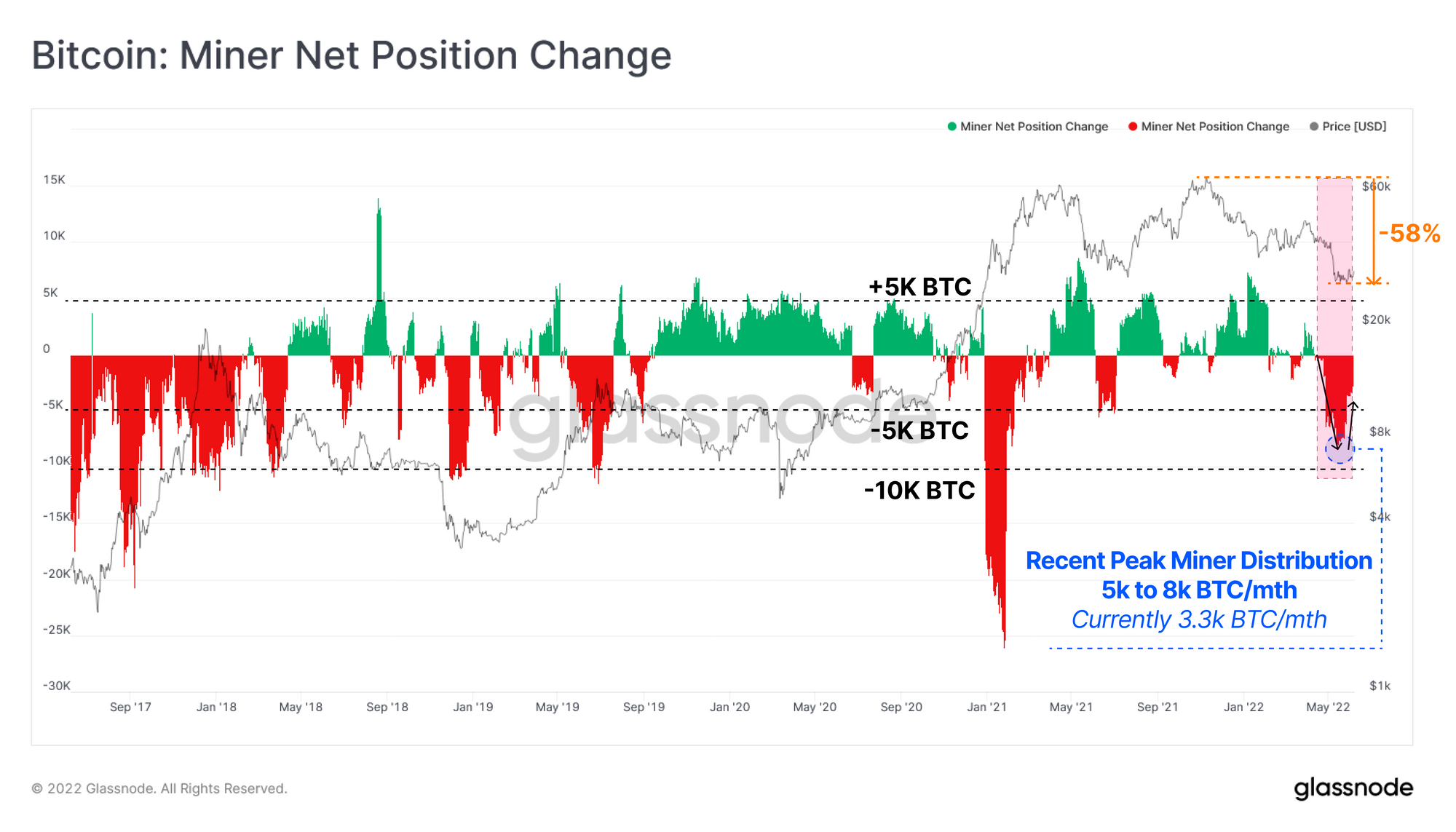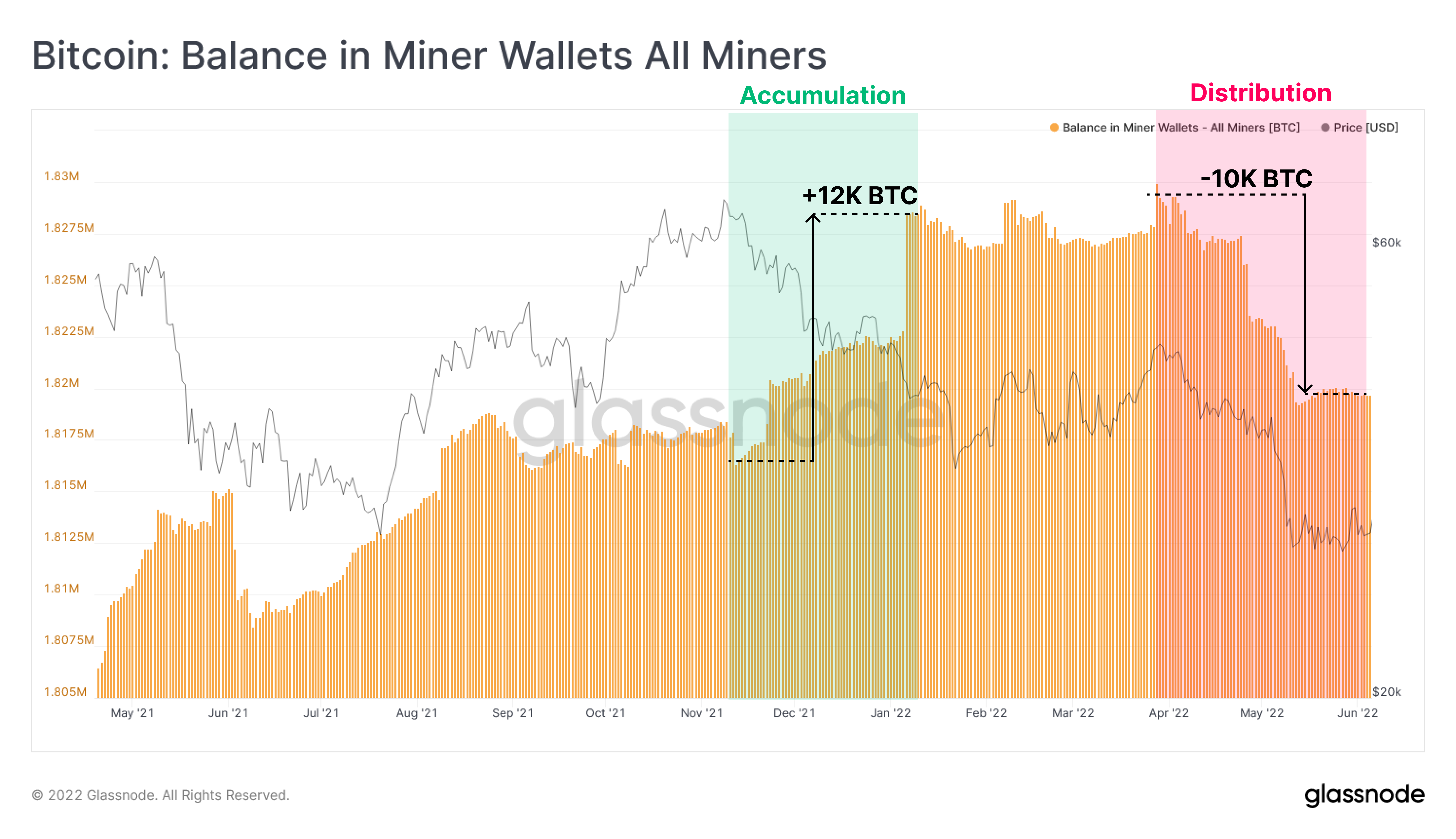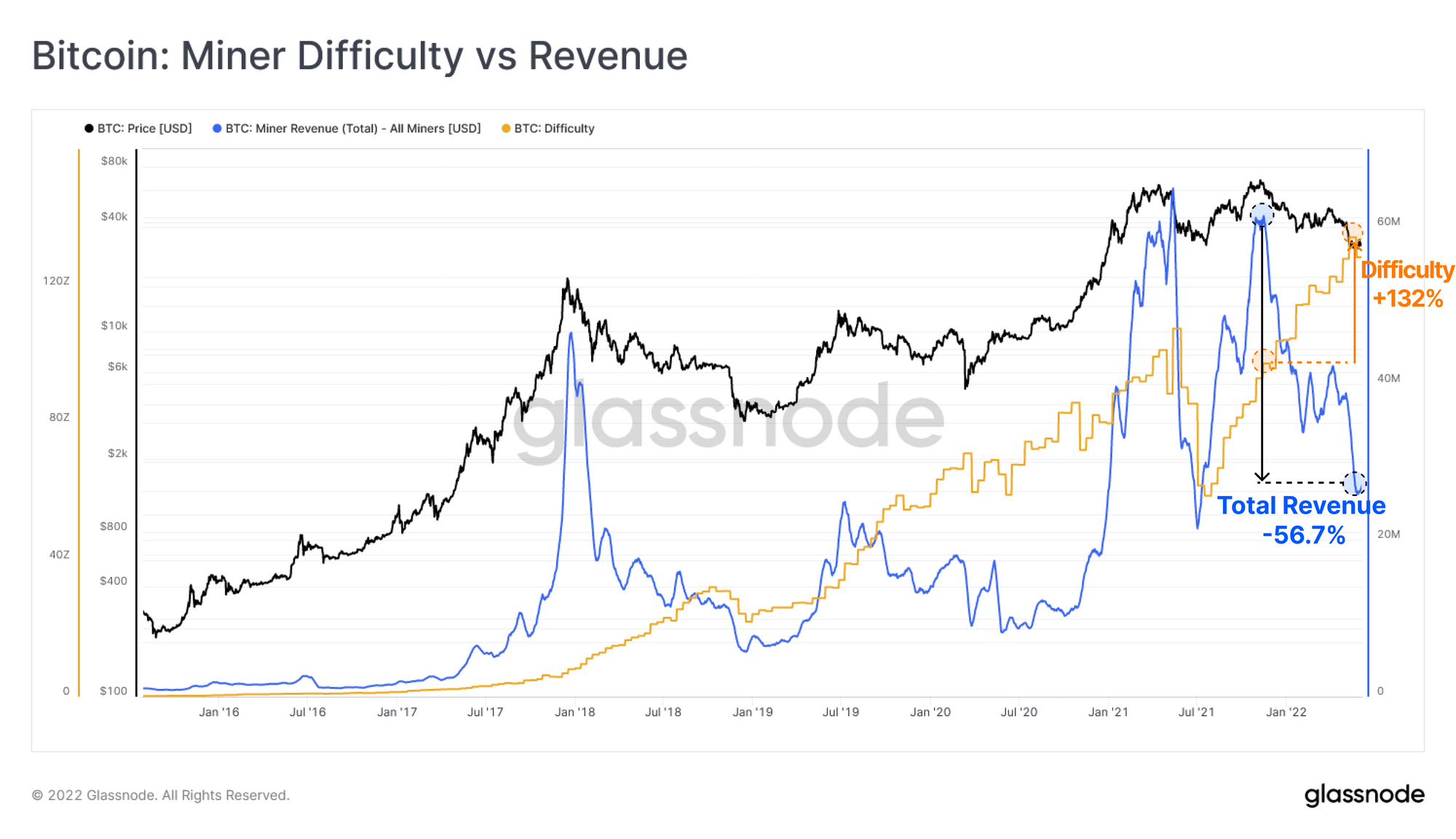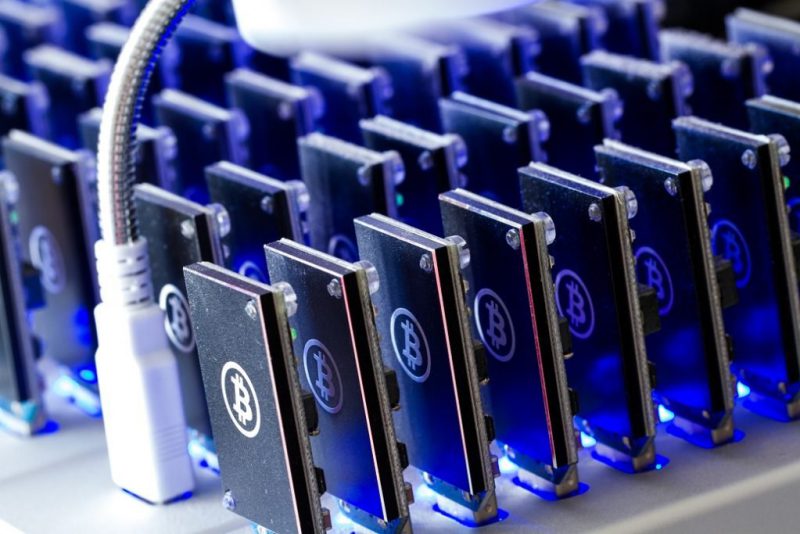The bitcoin regulatory landscape is once again shifting shapes as many local governments and national governments were showing concerns over activities like mining. Amid the unstable global economic condition, the state of the Bitcoin miners has also been tough with revenue dropping continuously while the cost of production surges simultaneously.
Of Bitcoin price and revenue
It is evident that Bitcoin’s price currently faces a challenge to hold on to the $30,000 level. This also pushed many long-term holders [LTH] to cash in a part of their profits, thus, adding to the volatility in the market.
As the market remained unstable, data offered by on-chain analytics Glassnode noted from a miner’s perspective, that the miner balances were reducing and they were spending extra. The data aggregators used a metric called The Puell Multiple that calculated the ratio of the daily issuance value of Bitcoin [in USD] to the 365-day moving average of this value.
It noted,
“At the early stages of the bear market, the Puell Multiple typically falls into the range of 0.6 to 1.0, indicating current incomes are up to 40% lower than the last year on average.”
Meanwhile, the metric plunges to the sub-0.5 zone during periods of capitulation. Currently, at 0.66, the Puell Multiple sits at the edge of the capitulation range.

Taking into consideration the high correlation between this indicator and price, a 10% or more decline in the value of Bitcoin could add to the stress on miners’ income.
Meanwhile, the current state of the miners’ balance was dwindling and reducing between 5,000 and 8,000 BTC per month, as indicated by the Miner Net Position Change metric.

In fact, the prevailing decline in the USD incomes since November 2021 has resulted in the miners’ balance declining.
Additionally, a stark change in the miner’s behavior was also noted as their balance was seeing a net accumulation of around 12k BTC during the first drawdown from ATH. Whereas, Glassnode added that the market crash due to LUNA Foundation selling over 80k BTC saw miners distributing 10k BTC adding to the existing selling pressure in the market.

As the miners bear the burden of low revenue, the network difficulty was also climbing higher. Currently, the network difficulty has risen 132% since the all-time high, despite the financial incentives of total miner revenue dropping by 56.7%.

This surge in network difficulty could suggest the onboarding of new miners and expansion of operations by the existing ones. Altogether, this meant that mining each coin has turned expensive, while the USD denominated reward continues to plunge. This could lead to a period of miner capitulation ahead.





